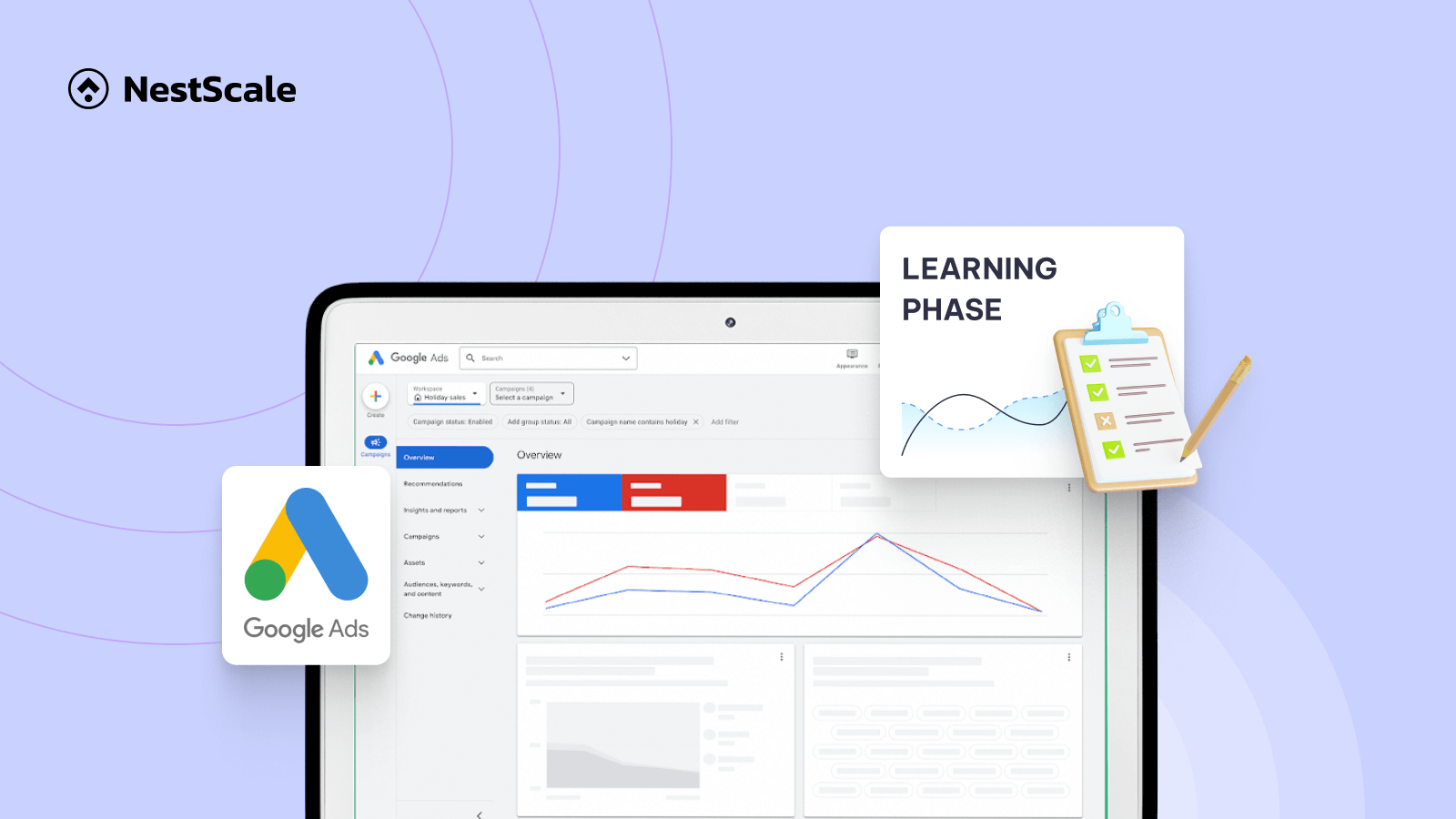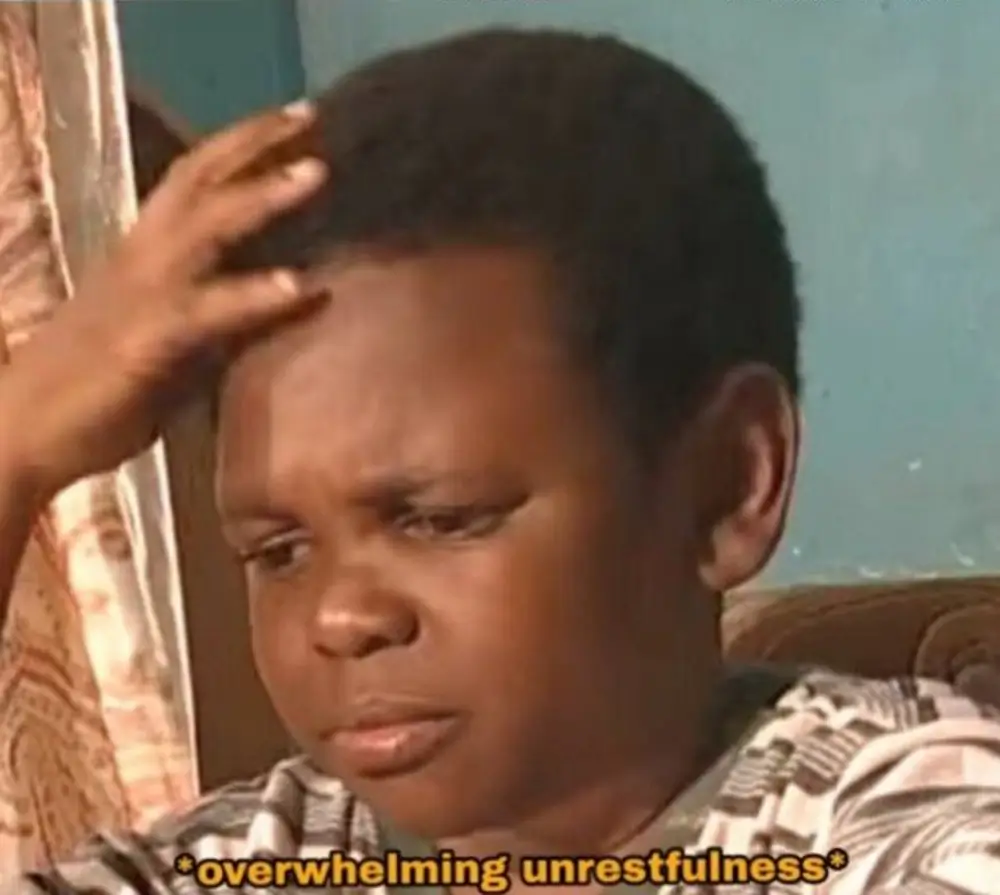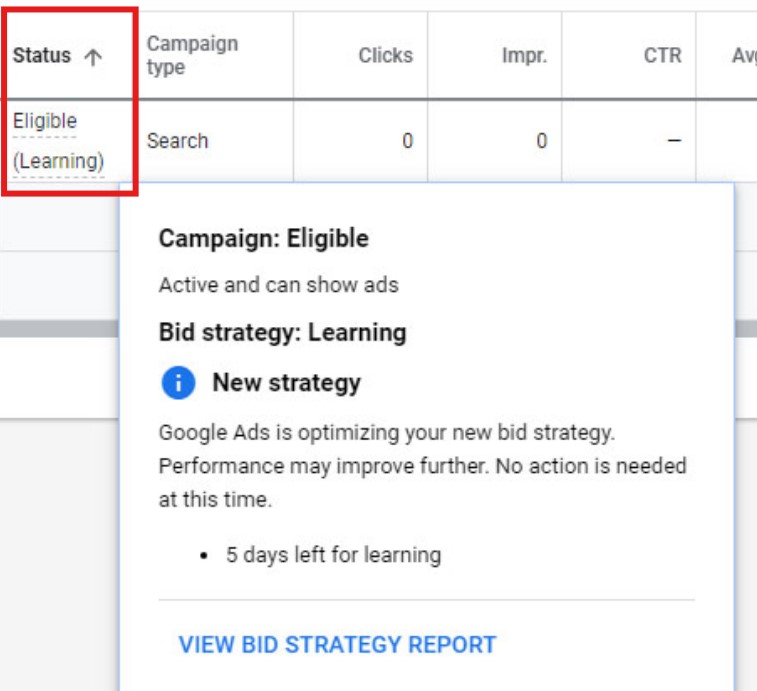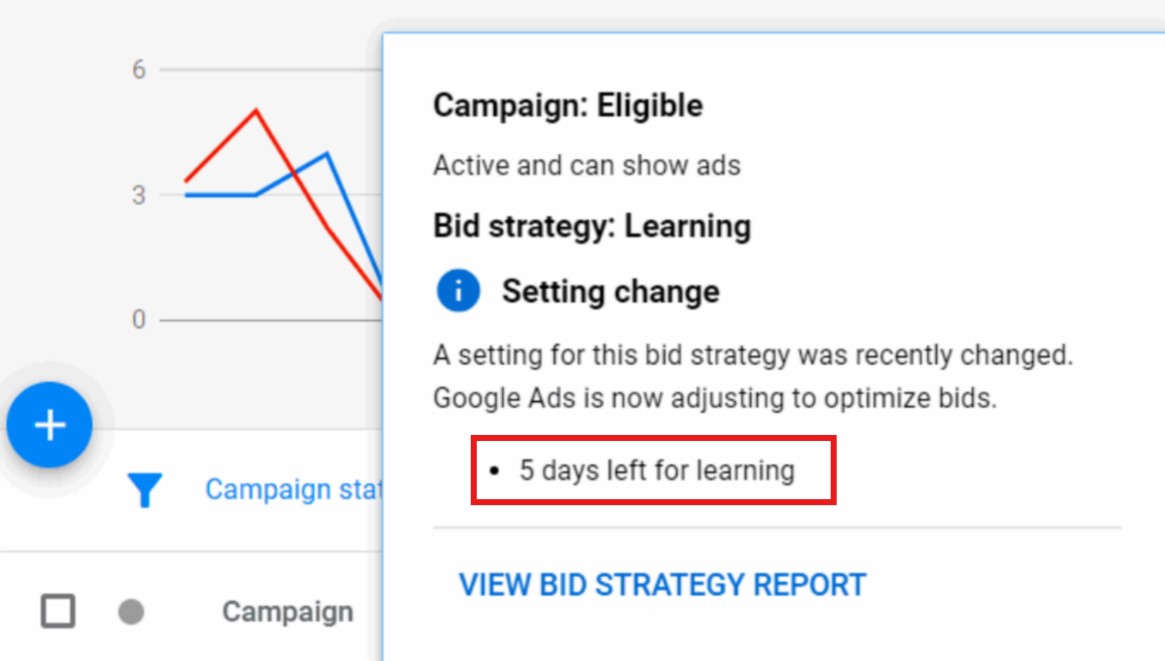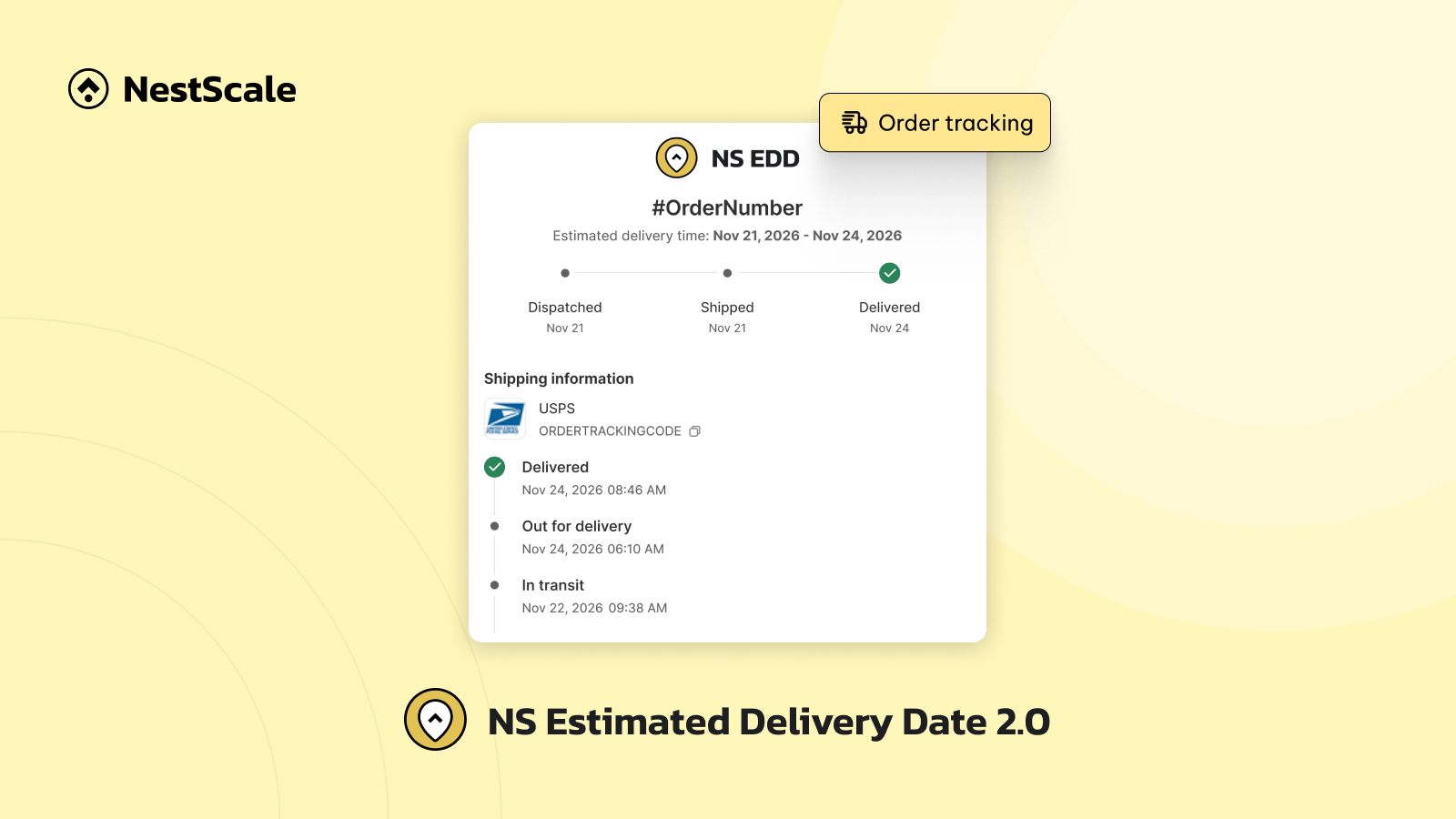Launching, or adjusting a Google Ads campaign, especially one using automated or smart bidding, often involves a learning phase. During this period, you might notice some fluctuations in performance, such as a temporary dip in clicks or unpredictable conversion rates.
It’s understandable that this is concerning for lots of advertisers, particularly if a previously well-performing campaign enters this learning phase. After all, seeing a temporary decline in results can be unsettling.
However, the learning phase is a normal and often necessary part of the optimization process. In this blog post, we’ll demystify the Google Ads learning phase, explaining what it is, why it happens, and how long it typically lasts. We’ll also go through tips for navigating this period effectively.
What is Google Ads learning phase?
The Google Ads learning phase is simply when Google’s algorithms learn the best way to run your ads based on your settings and bidding strategy.
It happens most often when you launch a new campaign, especially with automated bidding, or when you make significant changes to an existing one. Think of it as Google getting to know your target audience and how to best use your budget.
The Learning status below indicates your campaign is in the learning phase:
As Google is in the process of determining what strategies will work best, performance may fluctuate during this phase. However, once the learning phase is complete, the performance of your Google Ads campaign tends to become more consistent.
What can trigger the Google Ads learning phase?
Any change, from bidding and targeting adjustments to adding or removing keywords, can technically trigger a learning phase. However, avoiding major tweaks, especially to your bidding and budget, generally keeps you safe.
Tips: A good rule of thumb is to limit changes to roughly 20% of your budget per week. Larger adjustments increase the chance of re-entering the learning phase, which can temporarily impact performance.
What happens during the learning phase?
To help you understand the meaning of this process, I’ll break down what happens:
1. Google collects data about your campaign’s performance, such as clicks, impressions, conversions, cost, and so on.
2. Algorithms use this data to learn and adjust your campaign settings. This may include bid adjustments, targeting, and ad scheduling.
3. Google Ads continuously monitors your campaign’s performance and makes adjustments as needed to achieve your goals.
What is the duration of a Google Ads learning phase?
There’s no fixed timeframe for the Google Ads learning phase as it varies depending on the campaign.
While Google doesn’t provide a specific benchmark, the duration is influenced by the changes you make and the amount of conversion data available.
However, based on my team’s experience across numerous campaigns, here is usually how long we have to wait:
- 1 week: for simple new campaigns with limited targeting and basic bidding strategies. Minor changes to existing campaigns also generally fall within this timeframe.
- 1-2 weeks if you’re utilizing more advanced bidding strategies, broader targeting, and multiple ad groups.
- Over 2 weeks if you’re having more complex campaigns with granular targeting, sophisticated bidding, or significant changes often require a longer learning period. Google may extend this phase beyond initial estimates for additional testing and optimization.
*Please note that these are just estimates.
Normally, after a few days since you enter the learning phase in Google Ads, you can check how many days are left by hovering your mouse over the status. It will provide you with an estimate of the remaining time.
Or else, you can monitor your campaign’s performance over time. If you see consistent improvements in your metrics, such as clicks, conversions, and cost per conversion, it’s a good sign that the learning phase is nearing completion.
What factors influence the length of learning phase?
As I’ve mentioned, the duration of a Google Ads learning phase is not fixed. And it will vary depending on these 3 key factors, according to Google:
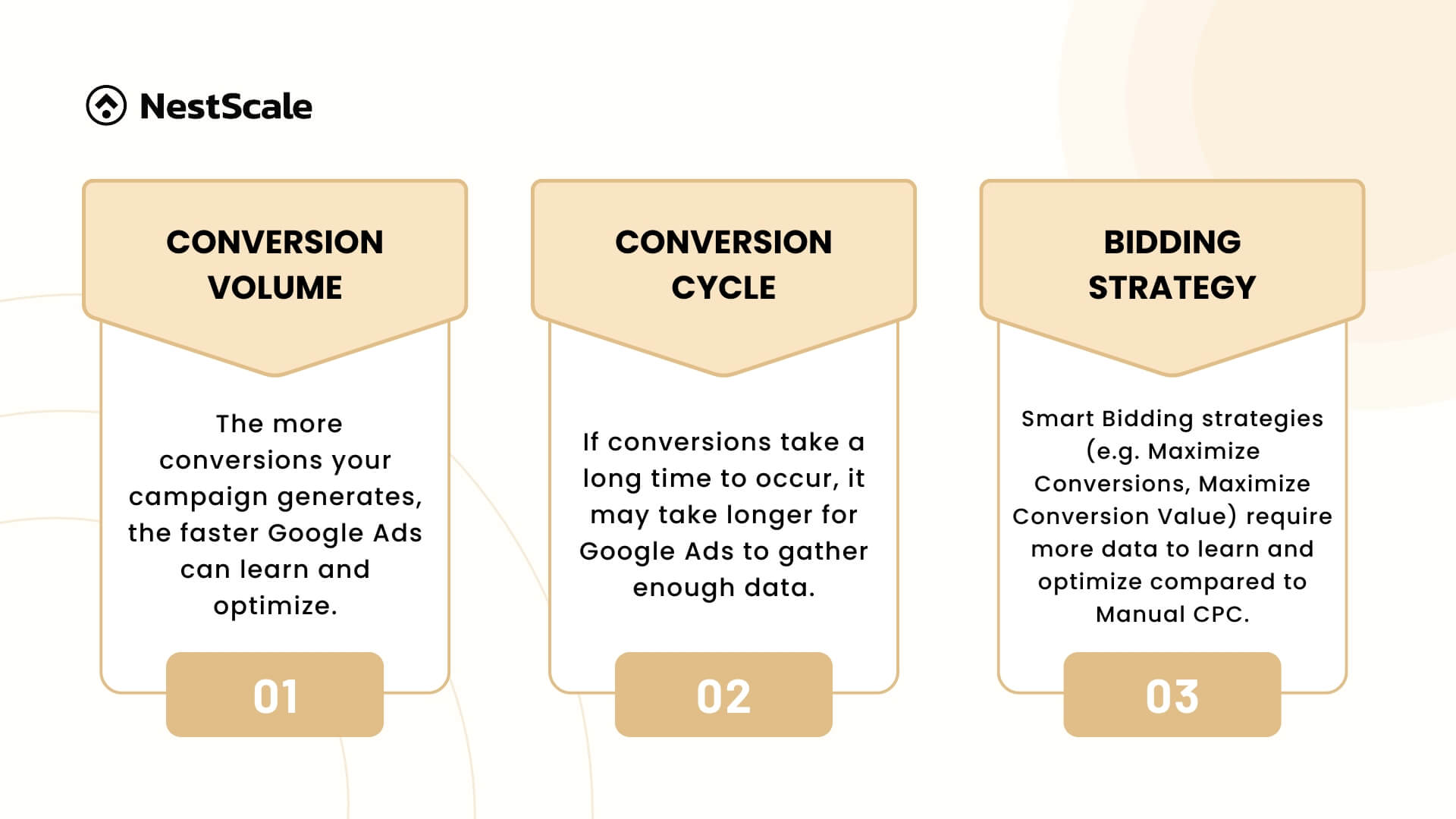
Let’s take an example, when you use automated bidding strategies such as Maximize Clicks or Target Impression Share, the learning phase tends to be quicker. Although Google still needs time to optimize your budget spending, the objective is straightforward.
It only needs to determine how many clicks or impressions can be achieved within your budget. Since these goals are auction-focused rather than based on user behavior, Google can gather insights faster. As a result, these simpler strategies have shorter learning periods compared to more complex ones.
Why is your campaign stuck in the learning phase?
There are several reasons that cause your campaign to get into the learning phase, but the most common case occurs when you initially create a campaign. Or, when you leave a campaign off for too long and restart it.
Besides, in the case of your currently running campaign, Google also gives 3 reasons to explain why a campaign falls into the learning period as follows:
- New strategy: You recently started using this bidding strategy.
- Settings change: You’ve made adjustments to the bidding strategy.
- Composition change: You added or removed ad groups, keywords, or campaigns.
Let me be more specific with an example. You’ve been running a Performance Max campaign with a return on ad spend (ROAS) set at 200%. One day, you decide to aim for better results, so you raise the ROAS target to 400%.
Such significant change could prompt Google’s system to relearn how it bids for placements to meet the new ROAS target you set.
In short, entering a new learning phase often brings you initial unsatisfactory results, as Google’s AI and machine learning need time to adjust to new signals and bidding strategies behind the scenes to meet the updated performance goal.
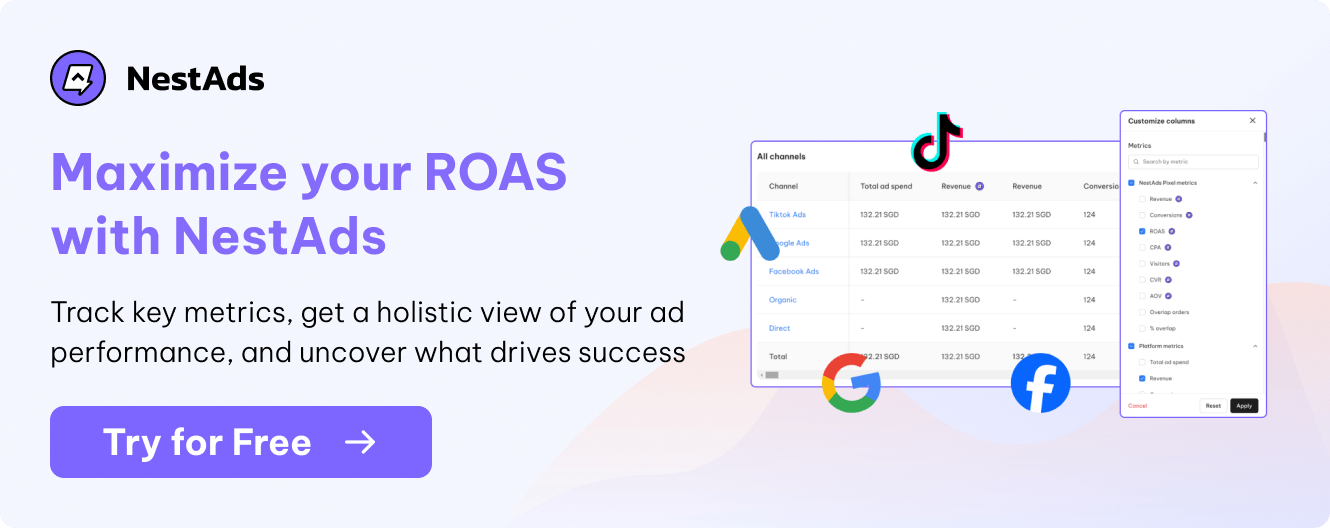
What should I do in the learning phase?
Now, I know you don’t expect your campaign to get stuck in the learning phase while it may improve the performance afterward. It’s clear that the learning phase will somehow interrupt your advertising efforts, and you might not want it to be prolonged.
However, I have to be honest that there’s nothing much to do to speed up this process. So, all you need to do is to trust the process. Give your campaigns some space to adjust, and learn. And who knows? They might come out with a surprising performance once they’re out of the learning phase.
It’s important to keep in mind that excessive optimization can sometimes have negative effects. Therefore, striking the right balance is essential for achieving consistent and sustainable results in Google Ads campaigns.
The learning process needs to occur, but it’s not a good signal if your campaign is put in the learning phase frequently.
So here are my suggestions to avoid the learning phase occurring too often with your campaign:
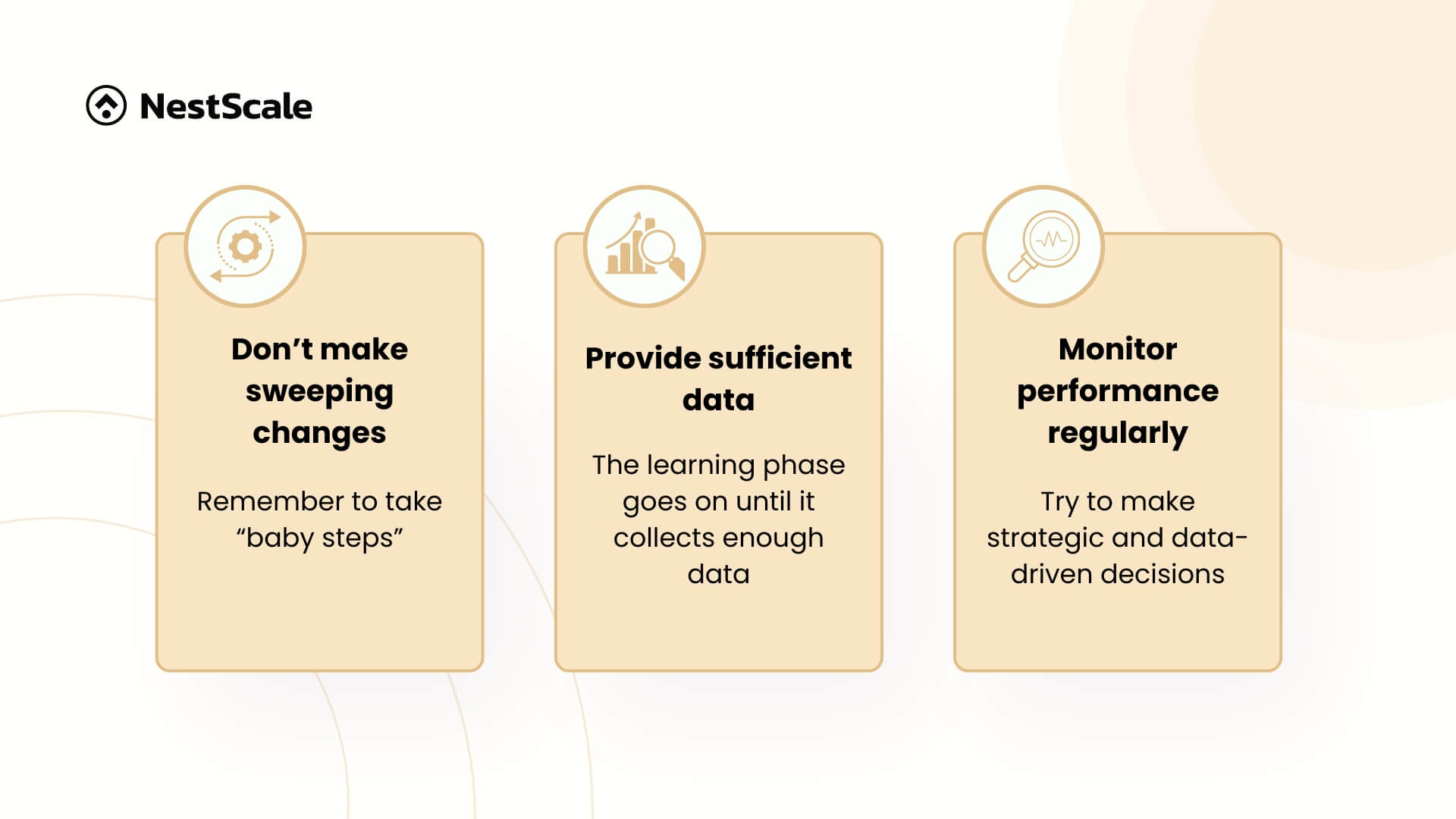
Don’t make sweeping changes
You can consider taking “baby steps” instead of sweeping changes. Gradual changes allow Google’s algorithms to adapt more smoothly and maintain a consistent flow of data.
For example, rather than x2 your ROAS target overnight, you might consider increasing it by smaller increments over time.
Additionally, maintaining stable settings for other aspects of your campaign, such as audience targeting and ad creatives, can further support a smooth learning phase. This approach helps the system adjust gradually and facilitates a more efficient learning process.
Our advice is to keep any adjustments during this phase under 10 – 15%. Also, you should wait for 3 – 5 days (depending on your spending level) before making more changes.
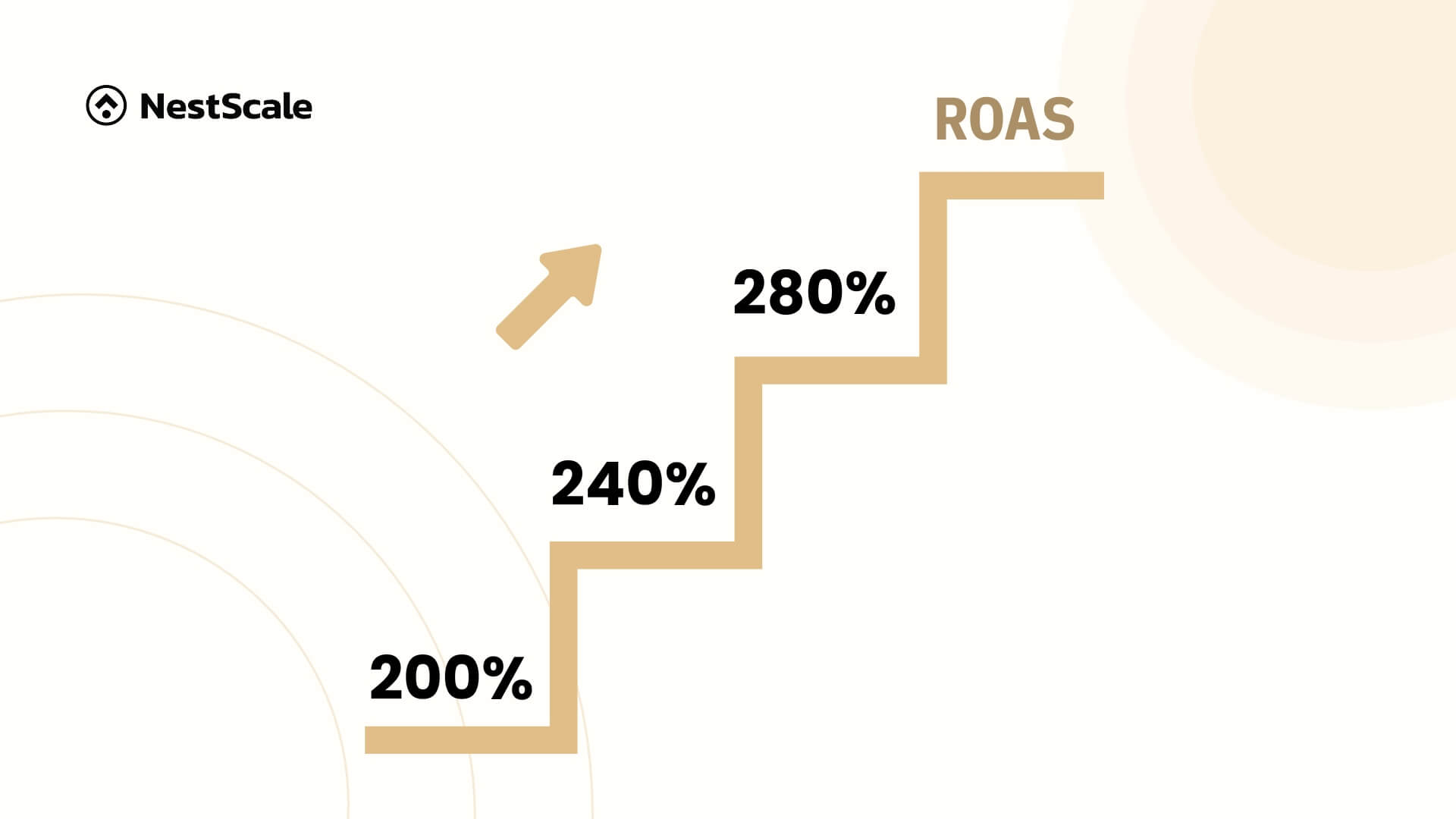
Provide sufficient data
If the data is not sufficient, the algorithm will struggle to make accurate predictions and adjustments. That’s why it has to start the learning phase until it collects enough data. And of course, the more data the system has, the faster it can learn and optimize.
What you can try is to set an adequate budget, as it can help your campaign receive enough impressions and clicks, which are critical for data collection. However, remember to increase your budget incrementally. I recommend no more than 20% at a time to give your campaign the necessary fuel without resetting the learning phase.
Besides, you do need to pay attention to conversion tracking. Accurately tracking conversions gives the algorithm valuable data to optimize for the best outcomes and improve its learning process. So you should set up conversion tracking for all key actions such as purchases, sign-ups, etc to provide a clear picture of which ads and keywords drive results.
Monitor performance regularly
I have to admit that sometimes sudden changes that kickstart the learning phase are due to irregular performance tracking. Because when you track key metrics and KPIs consistently, you can make informed decisions based on real-time data.
Try to make strategic and data-driven decisions that fine-tune your campaign over time. This ensures consistent progress without frequent resets into the learning phase. Also, your campaign will go through a more efficient and sustainable optimization process.
How to optimize your campaign effectively?
You may be aware of the importance of data-driven decisions when optimizing your campaign so it won’t get stuck in the learning phase too often.
But the question is how can you achieve that level of precise tracking and data analysis? Especially when currently most businesses running campaigns across various channels, tracking effectively is more and more challenging.
That’s where marketing attribution comes into play. It gives you a clear, data-driven understanding of which channels, ads, and touchpoints are driving the most value. Thereby, you can make smart and data-driven adjustments.
NestAds is the way to go for a sufficient marketing attribution tool. 2 advantages your business can achieve from NestAds are a thorough understanding of data across channels and a clear insight into every influential touchpoint along the customer journey.
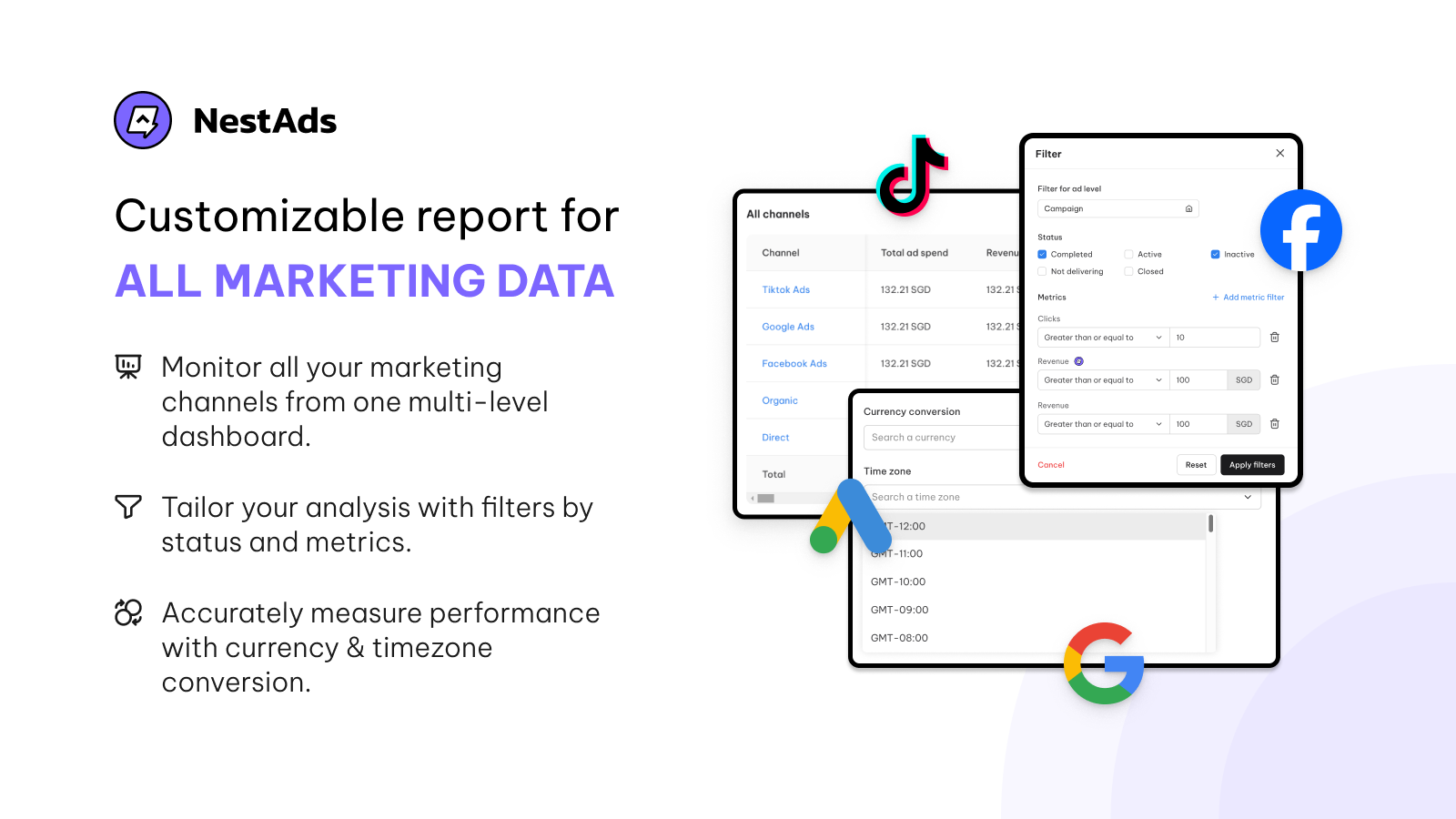
FAQs
How long does it take for bid strategy to learn?
An account with a high volume of Conversions might exit the learning phase in just 10 – 14 days. Conversely, if the Conversion volume is low or nonexistent, the Bid Strategy will struggle to gather the necessary data, potentially extending the learning period.
As I mentioned, there isn’t a fixed duration for how long a Bid Strategy remains in the learning phase. It’s entirely dependent on the volume of Conversion data flowing through your account. The process is driven by data, not by a set timeframe.
For more details, you might find this Google’s article useful.
When the campaign status is no longer learning, does Google still optimize it based on the data it collects?
Yes. Google’s algorithms are designed to continuously learn and improve. Even after the learning phase, the system will continue to analyze performance data and make adjustments as needed.
Does pausing an ad reset the learning phase?
Yes. When you pause an ad, Google Ads stops collecting data for it. This can disrupt the learning process, as the algorithm needs ongoing data to make informed decisions about bid adjustments, targeting, and ad scheduling.




































